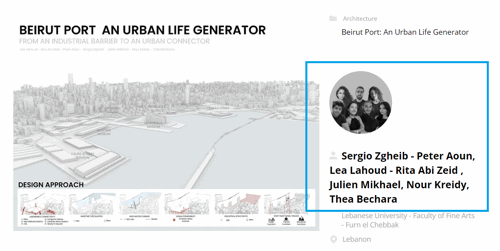RE-PALMATION GRID

Project idea
In the 21st century, transforming Bahariya Oasis into an economically independent region by leveraging its natural assets has become both a significant challenge and an enduring aspiration. The persistent centralization of population and resources in Cairo has strained urban infrastructure and hindered the growth of peripheral regions like Bahariya, despite its rich natural potential. Home to approximately 3,000,000 palm trees producing an estimated 120,000 tons of organic waste annually, the oasis holds immense yet untapped value. This project proposes the establishment of a Sustainable and Circular Economy Research Facility in Bahariya Oasis, aiming to harness this biomass resource, integrate it into an existing irrigation grid using rainwater-powered systems, and promote decentralized, diversified economic development. Through innovative research, sustainable technologies, and community engagement, the project seeks to transform local waste into opportunity, support ecological balance, and establish a replicable model for regional resilience and sustainability.
Project description
Re-Palmation Grid – Sustainable and Circular Economy Research Centre offers innovative solutions to the pressing economic challenges of Egypt's Oasis regions by seamlessly integrating cutting-edge architecture with advanced technology. The goal of this project is to construct a Sustainable and Circular Economy Research Facility in Bahariya Oasis that integrates palm trees into into an existing irrigation grid infrastructure, utilizing rainwater-powered irrigation systems. The initiative involves employing drones to collect palm tree waste (biomass) from across Bahariya Oasis for recycling into BIOMASS waste collection system on the roof, ensuring efficient processing of collected biomass then to biofuels, which are then used in capsule boilers attached to the wall system for energy production, optimizing orientation to reduce heat gain by 45%. This design minimizes heat accumulation and diffuses direct sunlight on the building and underground tanks in palmation zones. Additionally, the facility offers visitors an immersive experience that showcases the Re-Palmation process within the palm irrigation grid system, from biomass collection to energy production. Non-oriented visitors will be encouraged to engage directly by touching and handling untapped materials designated for recycling.
Technical information
The project features vertically integrated Farming Towers engineered for the cultivation of palm trees within controlled environments, enabling precise laboratory research on growth optimization and biomass yield. These towers support both experimental cultivation and serve as a direct source for biomass input.
The Technical Wall System is built along existing irrigation canals, functioning as a dual-purpose infrastructure: collecting and storing rainwater within embedded wall cavities and underground tanks, and channeling it through irrigation strips to nourish the palm trees.
Roof Modules at the end of each wall section act as rainwater collectors and pipe systems, guiding water to the storage tanks below. And, Automatic roof-mounted waste collectors receive biomass delivered by drones, which is then processed on-site. Inside the facility, rotating cranes manage capsule systems that handle post-recycling clearing by rotating used biomass capsules and removing non-degradable waste in preparation for the next cycle. Energy is generated via Bio-Mass Boiler Capsules, where palm waste is combusted to produce high-pressure steam that powers a generator, creating a closed-loop energy system that supports the facility’s operations.











